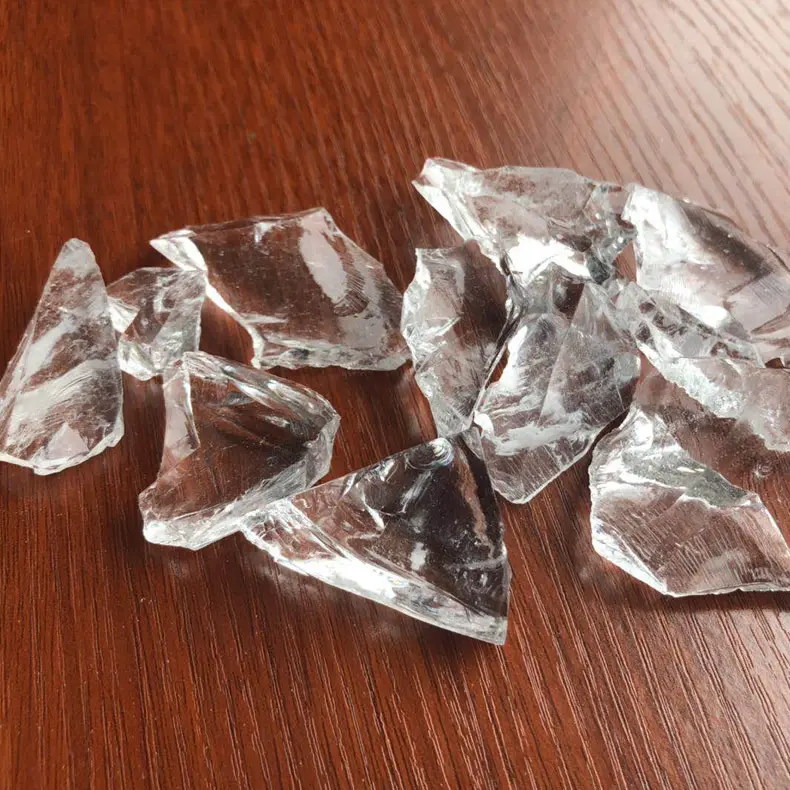
fly ash quality
The Importance of Fly Ash Quality in Construction and Sustainability
Fly ash, a byproduct of coal combustion in power plants, has gained prominence in the construction industry due to its pozzolanic properties, making it an excellent supplementary cementitious material (SCM). The quality of fly ash significantly influences its performance and suitability in various applications, particularly in concrete production. In this article, we explore the critical factors influencing fly ash quality and its implications for sustainability and construction practices.
Understanding Fly Ash Quality
Fly ash quality is determined by several key characteristics, including its chemical composition, fineness, moisture content, and physical properties such as specific gravity and particle size distribution. The two primary classes of fly ash, Class F and Class C, vary in these characteristics. Class F fly ash, produced from anthracite or bituminous coal, generally contains higher silica and alumina content, while Class C fly ash, derived from lignite, has higher calcium content. Each class has distinct applications in construction, which further demonstrates the importance of quality assessment.
Chemical Composition
The chemical composition of fly ash plays a crucial role in its reactivity and performance as a concrete additive. High silica (SiO2) content is often desirable since it contributes to the formation of calcium silicate hydrate (C-S-H), the primary binding agent in concrete. Conversely, excessive amounts of unreacted lime (CaO) can lead to durability issues, including expansion and cracking. Therefore, quality control measures must ensure the right balance of chemical constituents to optimize performance in construction applications.
Physical Properties
The physical properties of fly ash, such as fineness and particle size distribution, significantly impact its performance in concrete. Finer fly ash can improve the workability and strength of concrete mixtures while also enhancing durability. The specific surface area of fly ash, measured in square meters per kilogram, helps predict its effectiveness as an SCM. Generally, finer materials tend to react more readily, contributing to the overall strength and durability of the concrete.
fly ash quality

Impact on Concrete Performance
Utilizing quality fly ash in concrete mixtures can yield numerous benefits, including enhanced compressive strength, improved workability, and reduced permeability. These characteristics contribute to the long-term durability of concrete structures, ultimately reducing maintenance costs and environmental impact. Furthermore, incorporating fly ash in concrete reduces the reliance on Portland cement, thus decreasing carbon dioxide emissions associated with cement production. As a result, high-quality fly ash plays a critical role in promoting sustainable construction practices.
Sustainability Considerations
The use of fly ash not only enhances the performance of concrete but also aids in sustainability efforts. By repurposing waste material from coal combustion, the construction industry can significantly decrease landfill waste and the environmental footprint associated with traditional construction materials. Moreover, fly ash can contribute to LEED (Leadership in Energy and Environmental Design) certification points, promoting eco-friendly building practices.
Challenges in Quality Control
Despite its benefits, challenges remain regarding fly ash quality. Variability in coal sources and combustion conditions can lead to inconsistent fly ash properties, complicating its use in construction. Therefore, comprehensive quality control protocols are essential to ensure that fly ash meets the stringent requirements for specific applications. This involves regular testing and monitoring of both chemical and physical characteristics to meet standards set by organizations such as ASTM (American Society for Testing and Materials).
Conclusion
In summary, the quality of fly ash has a profound influence on its viability as a supplementary cementitious material in the construction industry. Recognizing the importance of chemical composition, physical properties, and consistent quality control measures is critical in harnessing the benefits of fly ash. As the industry continues to emphasize sustainable building practices, fly ash will undoubtedly play a pivotal role in shaping the future of construction, offering an environmentally friendly alternative that contributes to the longevity and resilience of concrete structures. The commitment to ensuring high-quality fly ash not only enhances structural integrity but also supports broader sustainability goals within the industry.
Share
-
Premium Pigment Supplier Custom Solutions & Bulk OrdersNewsMay.30,2025
-
Top China Slag Fly Ash Manufacturer OEM Factory SolutionsNewsMay.30,2025
-
Natural Lava Rock & Pumice for Landscaping Durable Volcanic SolutionsNewsMay.30,2025
-
Custom Micro Silica Fume Powder Manufacturers High-Purity SolutionsNewsMay.29,2025
-
Custom Mica Powder Pigment Manufacturers Vibrant Colors & Bulk OrdersNewsMay.29,2025
-
Custom Micro Silica Fume Powder Manufacturers Premium QualityNewsMay.29,2025






